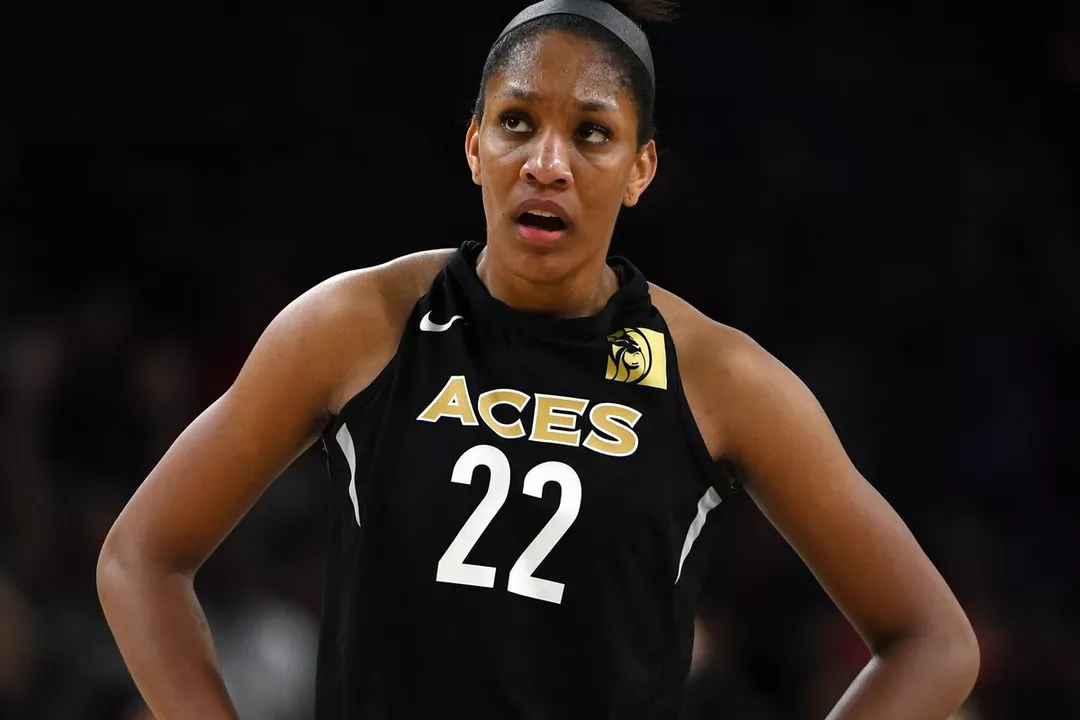Salary Disparity in Sports
When talking about salary disparity, the difference in earnings among athletes across leagues, genders, or contract types. Also known as pay gap, it highlights why some players earn millions while others scrape by.
One clear example is the WNBA, the women’s professional basketball league in the United States. Many players head overseas during the off‑season because they can make up to twelve times what they earn at home. That overseas cash flow shows how salary disparity forces athletes to juggle continents just to stay afloat.
The NFLPA, the National Football League Players Association, represents the bargaining power of NFL athletes faces its own version of the gap. With non‑guaranteed contracts and short career spans, players often accept deals that barely cover post‑career needs. The union’s limited leverage compared with other sports bodies underscores how salary disparity can weaken collective action.
Beyond basketball and football, gender wage gaps ripple through virtually every sport. Female athletes in soccer, tennis, and cricket regularly earn a fraction of their male counterparts, even when tournament viewership matches or exceeds that of men’s events. This systemic gap isn’t just a numbers problem; it influences sponsorship deals, media coverage, and the pipeline of young talent.
For athletes, salary disparity shapes career decisions. A rising star might choose a league with higher exposure over a higher paycheck, hoping long‑term branding wins out. Others chase overseas contracts, as we see with many WNBA players, to secure financial stability. The trade‑off between prestige and pay is a daily reality for most professionals.
Collective bargaining emerges as a tool to shrink the gap. Unions like the NFLPA and the MLBPA negotiate minimum salaries, health benefits, and revenue‑sharing models. When these bodies secure stronger contracts, the entire league sees a lift in baseline earnings, narrowing the most glaring disparities.
Public perception also plays a role. Fans who notice stark pay differences may pressure owners to adjust salary structures, especially when social media amplifies stories of underpaid athletes. Conversely, weak fan engagement can leave leagues complacent, as seen with younger viewers drifting away from events that don’t address fairness concerns.
Possible solutions range from transparent salary caps to mandated revenue shares for women’s leagues. Some organizations experiment with equal prize money, like tennis’s Grand Slams, proving that parity can coexist with profitability. Others push for joint marketing deals that bundle men’s and women’s events, giving sponsors a reason to invest across the board.
Salary disparity doesn’t just affect wallets; it impacts the sport’s growth. When younger fans see a clear path to financial security, they’re more likely to pursue the game seriously. Addressing the gap can thus broaden participation, boost viewership, and ultimately enrich the entire ecosystem.
Below you’ll find a curated mix of articles that unpack these issues from different angles – from WNBA overseas earnings to NFLPA negotiations and broader gender pay debates. Dive in to see how salary disparity shapes today’s sports landscape and what’s being done to close the gap.
Why are WNBA players paid so much overseas?
As a passionate sports enthusiast, I've always been curious about the pay gap between WNBA players and their male counterparts. Interestingly, I recently discovered that many WNBA players receive substantially higher salaries when playing overseas. This can be attributed to a combination of factors, including the larger fan base and more significant financial investment in women's basketball in countries like Russia and China. Additionally, the shorter season length overseas allows players to earn a higher salary in a condensed timeframe. Ultimately, it's crucial to continue advocating for equal pay and opportunities for all athletes, regardless of their gender or the league they play in.
